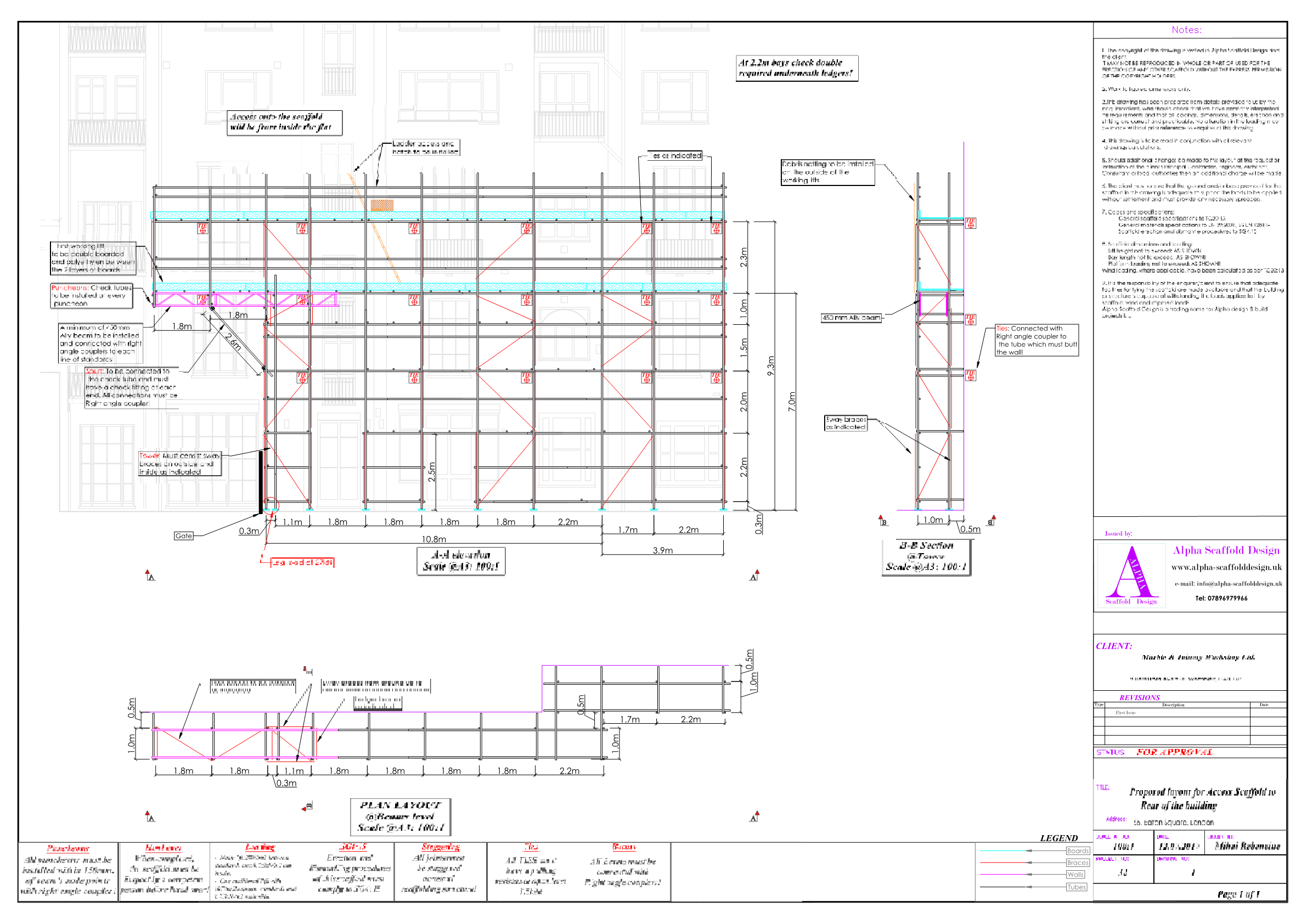

Stiffness is also increased by double stacking the connecting rods.

The ideal position for pin placement is a near-far construct with a pin placed close to the fracture site on both sides and a pin placed as far away as possible on each side of the fracture. Maximizing pin size, pin number, pin separation, pin proximity to the fracture, bone to clamp/bar proximity, and the diameter of the pins/connecting rod optimizes frame stability. The design of the fixator can be varied to provide compressive or distractive forces and to neutralize bending and rotational moments. Rings: For use with Ilizarov and hybrid fixators.Ĭonnecting Rods: Most are carbon fiber, 15% stiffer than stainless steel tubes with less deformation at 50% maximum loads. Pin Clamps: Serve to connect pins/wires to a rod or ring. Pins: Including half-pins, centrally threaded transfixation pins, and thin wire. External fixators may be used as a temporizing treatment, providing provisional alignment and stability, or as definitive treatment in select pelvic fractures, open long bone fractures, and periarticular fractures.

Predominantly used for fracture fixation in adult and pediatric patients who have open fractures with severe soft tissue and/or wound contamination. Circular external fixation with thin wire fixation was popularized by the Ilizarov technique in the 1970s and 1980s, further evolving into hybrid fixation systems using both thin wires and standard half-pins for periarticular fractures. Initially described by Malgaigne in 1853, external fixation was proposed as an alternative to immobilization in plaster cast, traction, or internal fixation. Associate Editor, in High Yield Orthopaedics, 2010 Background:Įxternal fixation is a process for fracture fixation by which pins or wires are inserted into bone percutaneously and held together via an external scaffold.


 0 kommentar(er)
0 kommentar(er)
